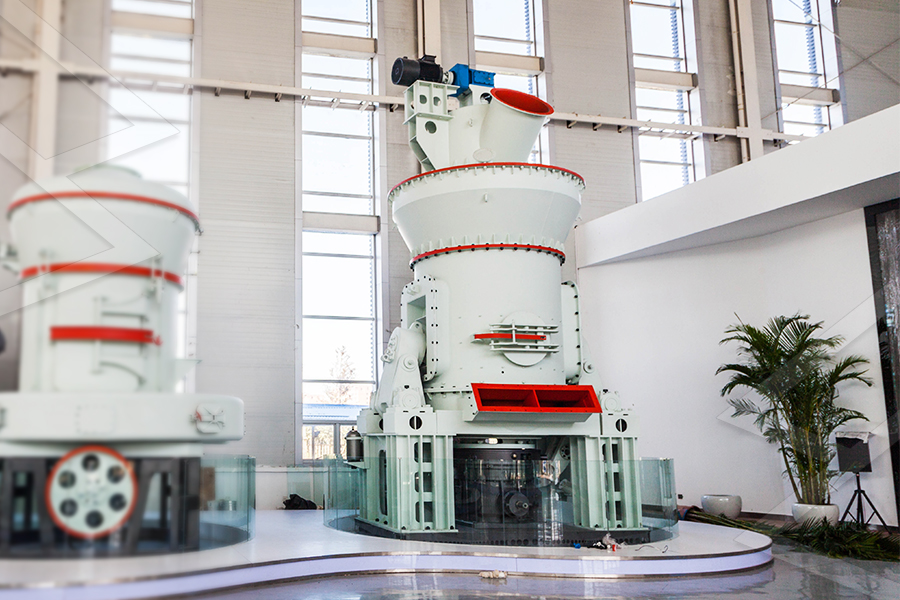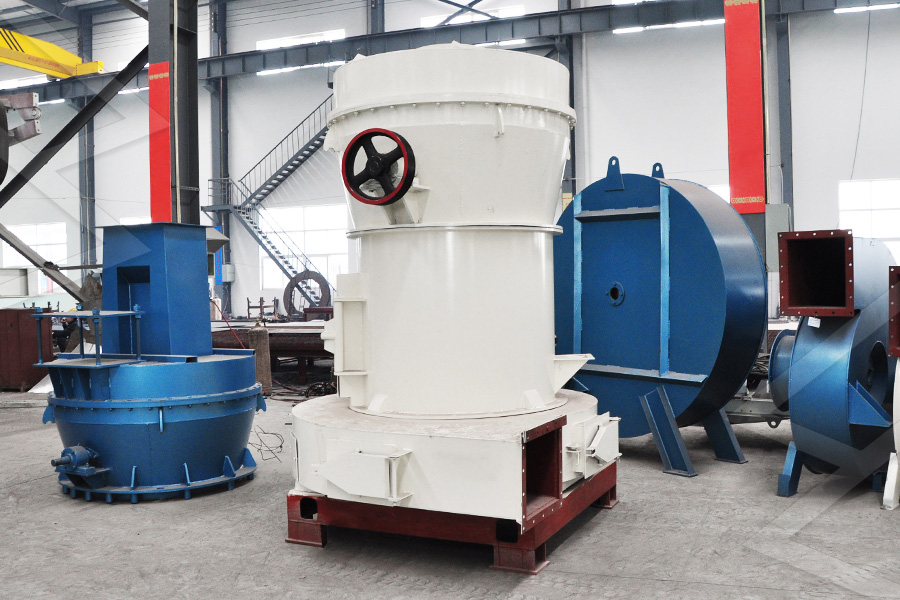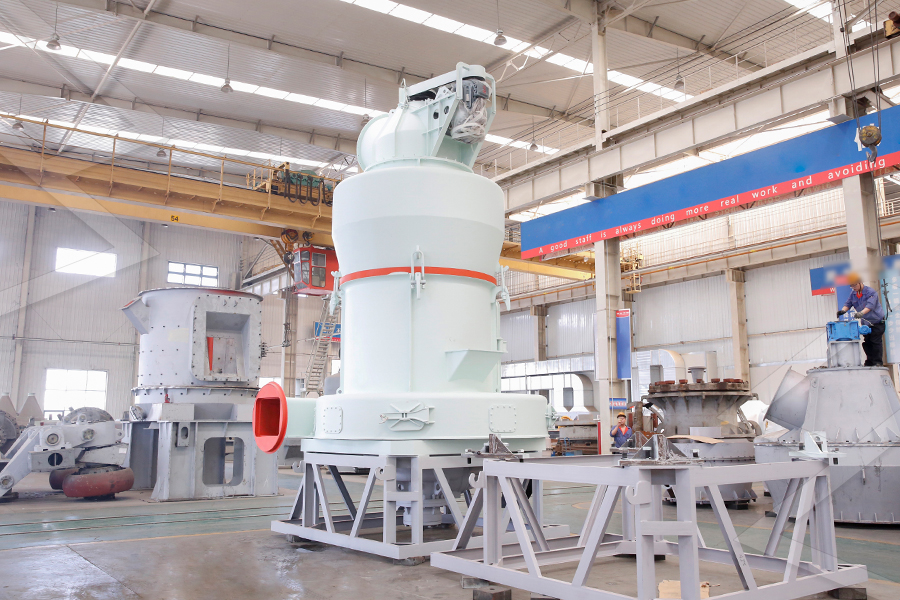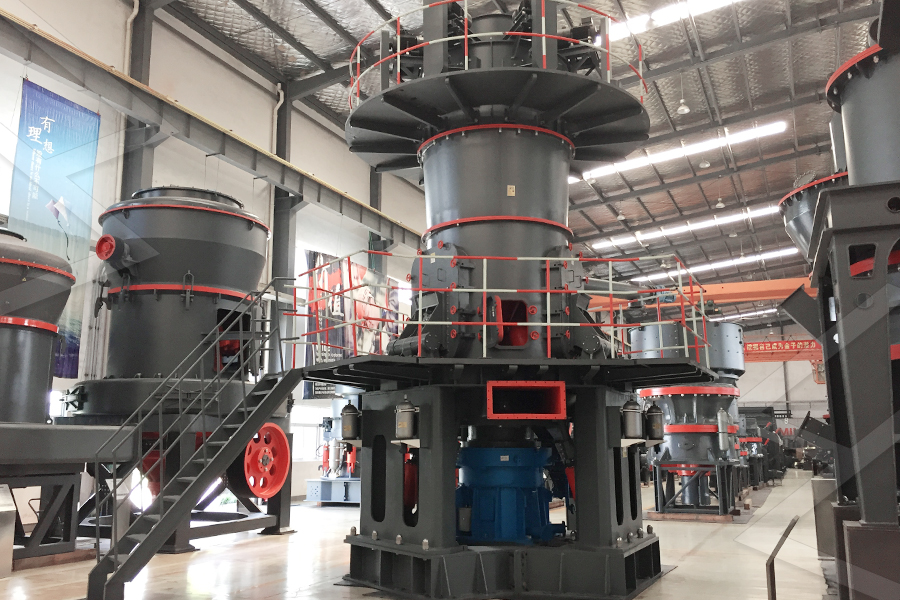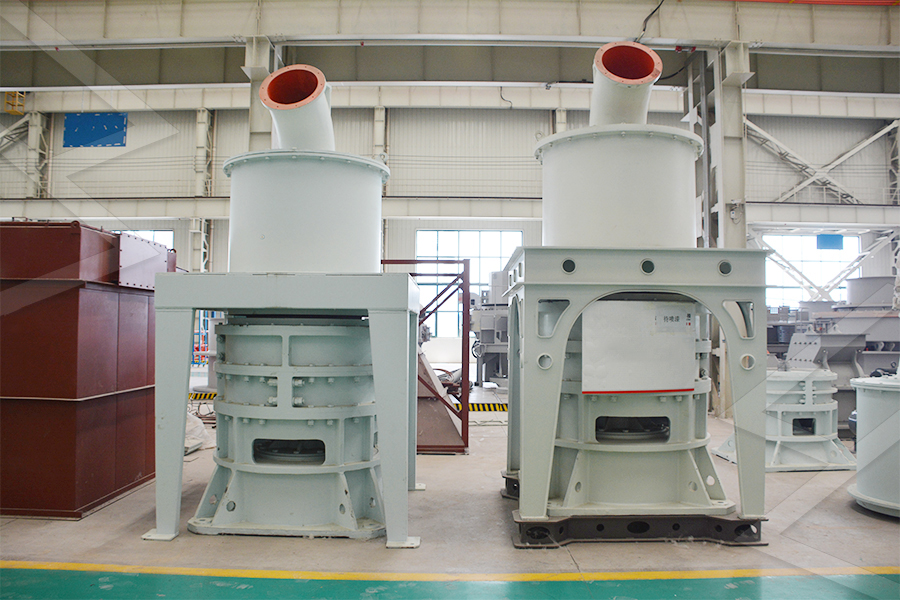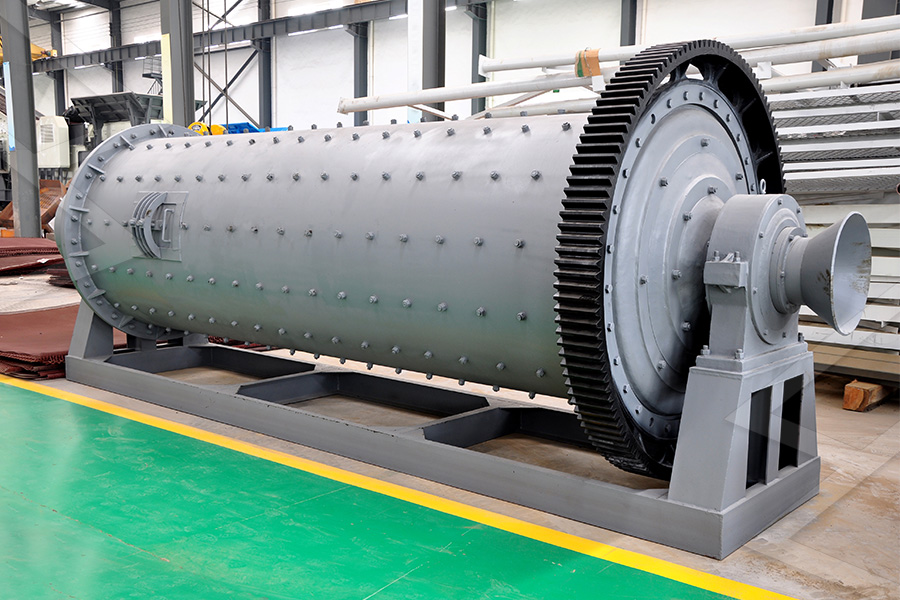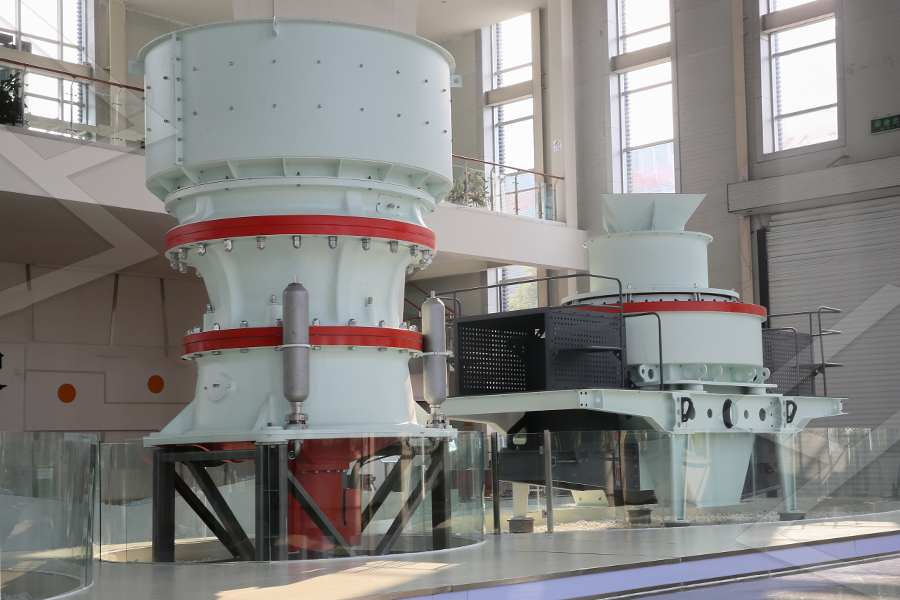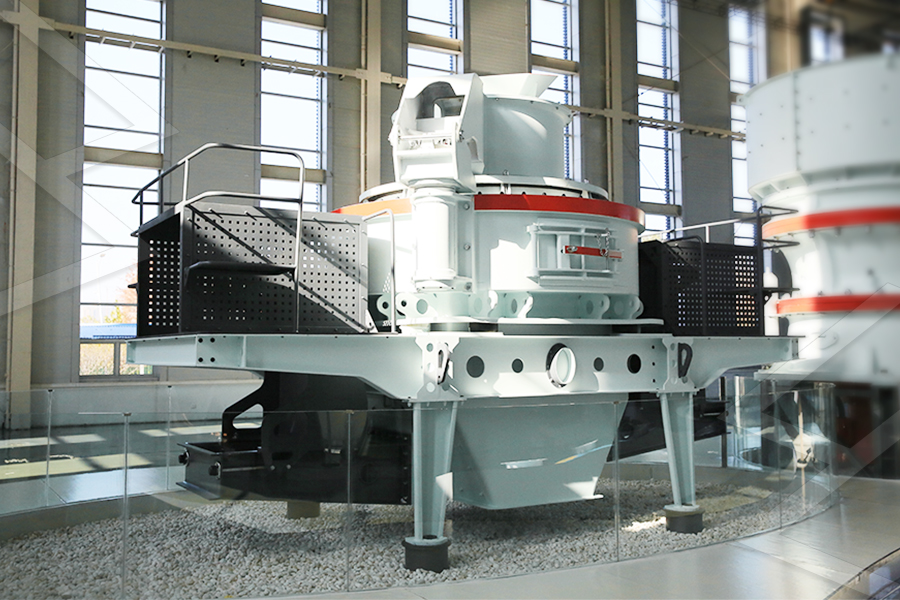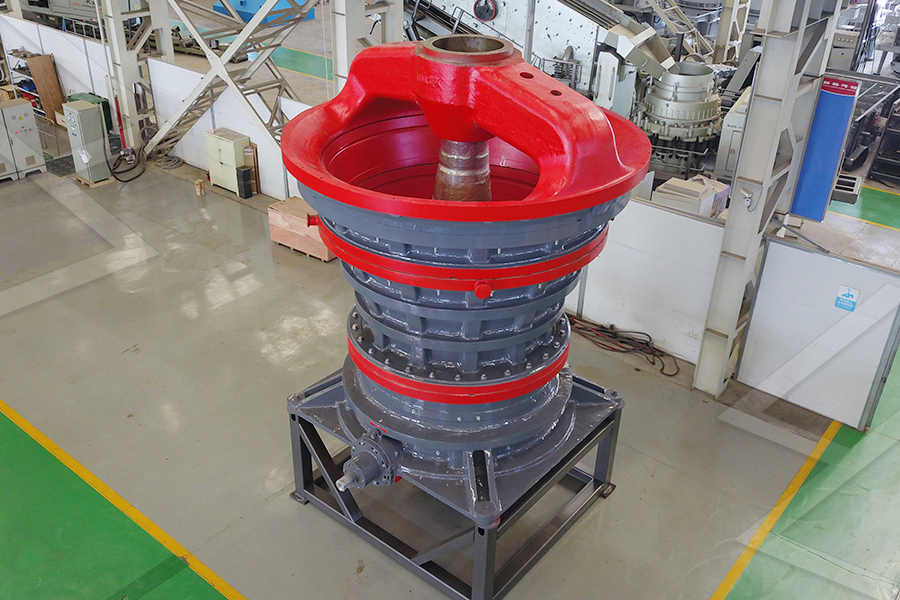Quality Control and Performance Monitoring
The project’s QC team tests the powder daily for three key parameters: (1) Particle size distribution (using a laser analyzer) to ensure ≥95% of particles pass 200 mesh; (2) Chemical composition (via XRF) to verify the 3:1 blend; (3) Moisture content (using a halogen moisture meter) to ensure <0.5%. The steel mill also provides feedback on desulfurization efficiency: since using the blended powder, the mill’s sulfur removal rate has increased from 85% to 92%, reducing the need for post-treatment (e.g., ladle refining).
Environmental and Economic Benefits
The project leverages waste heat from the steel mill’s flue gas (which would otherwise be emitted) for drying, reducing natural gas consumption by 100% and cutting carbon emissions by 500 tons per year. The pulse bag filter’s high efficiency ensures emissions comply with China’s GB 28662-2012 standard (dust <20 mg/m³). Economically, the 3:1 blend reduces the steel mill’s desulfurization costs by 18% compared to using pure dolomite. The project also creates 28 local jobs, including mill operators, maintenance staff, and QC technicians.
Challenges and Solutions
One initial challenge was uneven wear of the ball mill’s liners due to the varying hardness of dolomite and calcium carbonate. To address this, the mill was fitted with composite liners (high-chromium steel for dolomite-rich zones, rubber for calcium carbonate zones), extending liner life from 6 months to 10 months.
